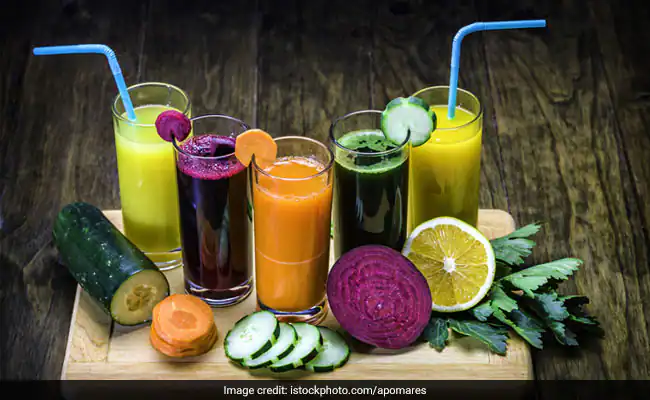Juicing is a great way to get a concentrated dose of vitamins and minerals from fruits and vegetables. However, juicing can also be expensive if you don’t plan ahead. Luckily, there are many ways to make a juice diet affordable without sacrificing the nutritional benefits. Here are 6 budget-friendly juice diet tips and tricks to help you save money while getting healthy:
Shop in Season

One of the easiest ways to save money on fruits and vegetables is to buy produce in season. Not only is it usually less expensive, but it is also likely to be fresher and taste better. When shopping for ingredients for your juice diet, look for fruits and vegetables that are in season and on sale. For instance, berries, melons, and stone fruits are often on sale in the summer, while in the winter, citrus fruits and root vegetables are usually cheaper. You can also buy bulk and freeze fruits and vegetables later in your juices.
Buy in Bulk
Buying fruits and vegetables in bulk is another great way to save money on your juice diet. Look for deals on fruits and vegetables at your local farmer’s market, grocery store, or online. You can also buy in bulk from online retailers specializing in organic produce, which is cheaper than buying from your local grocery store. When you buy in bulk, freeze any excess fruits and vegetables to prevent spoilage.
Use Affordable Ingredients

Not all fruits and vegetables are created equal when it comes to price. Some are more expensive than others, so choosing affordable ingredients for your juice diet is important. For example, apples, carrots, celery, and cucumbers are inexpensive and make great juice ingredients. You can also use frozen fruits and vegetables, often less expensive than fresh produce. Additionally, using whole fruit or vegetable, rather than just juice, can save you money and provide more nutrition. For example, using the leaves and stems of vegetables like kale and beet greens, which are usually discarded, can add more nutrients to your juice and save you money.
Reuse Pulp
Juicing is a great way to get all the nutrients you need in one delicious drink. However, don’t throw away the pulp! Instead, you can reuse it in other recipes and add extra nutrition to your meals. The pulp can be used in soups, stews, baked goods, and smoothies. This saves you money, reduces waste, and adds fiber to your diet. You can also use the pulp to make homemade vegetable broth, which is nutritious and a great base for other dishes. So next time you juice, don’t forget to save the pulp and get creative in the kitchen!
Make Your Own Nut Milk
Many juice recipes call for almond milk or other nut milk, which can be expensive at the store. Instead, make your own nut milk at home using almonds, cashews, or other nuts. You only need a blender, a nut milk bag, and simple ingredients. Homemade nut milk is fresher, cheaper, and often more nutritious than store-bought versions. Plus, you can use the leftover nut pulp to make homemade nut flour or add it to baked goods for added protein and fiber.
Use a Budget-Friendly Juicer
Lastly, invest in a budget-friendly juicer. You don’t need the most expensive juicer to make delicious and healthy juices. Look for a juicer that is easy to clean, has good reviews, and fits within your budget. There are many affordable juicers available that can get the job done without breaking the bank. You can also consider using a blender or food processor to make your juice, saving you money on a specialized appliance.
Conclusion
A juice diet can greatly improve your overall health and wellness while also sticking to a budget. With these six budget-friendly juice diet tips and tricks, you can create delicious and nutritious juices without breaking the bank. By incorporating affordable ingredients, utilizing sales and discounts, and prepping your ingredients in advance, you can enjoy the benefits of a juice diet without overspending. Listen to your body and consult a healthcare professional before starting any new diet or exercise regimen.






